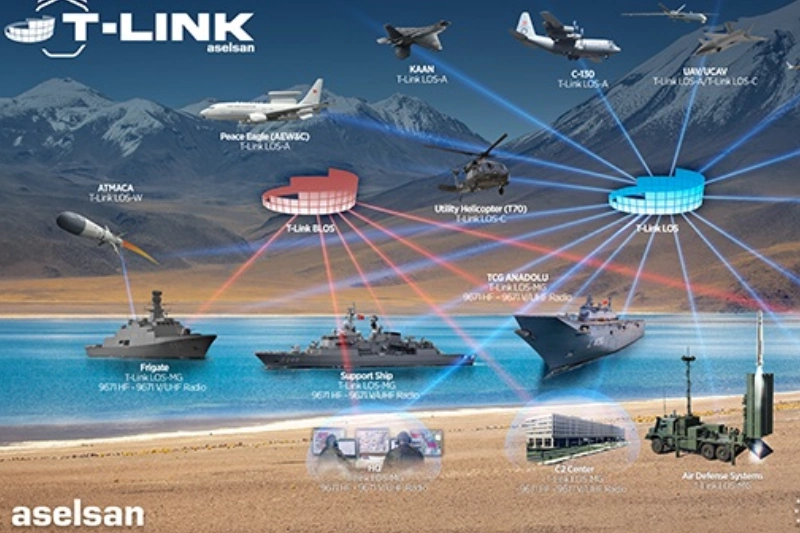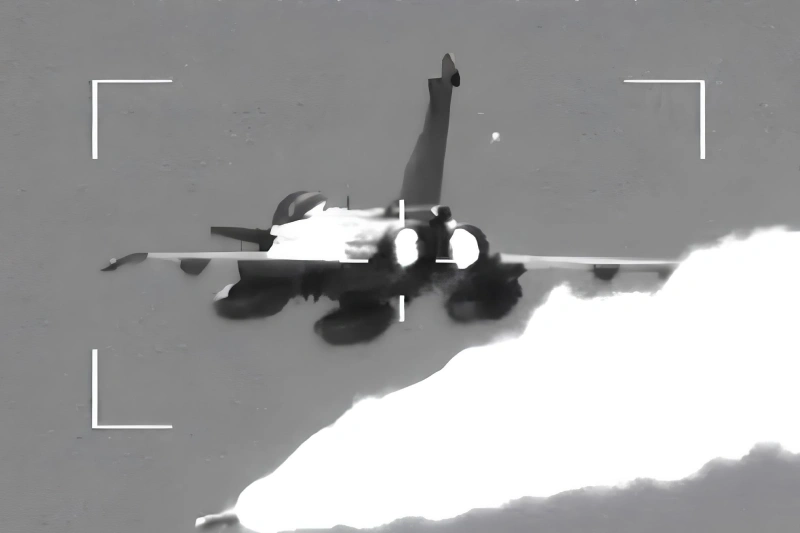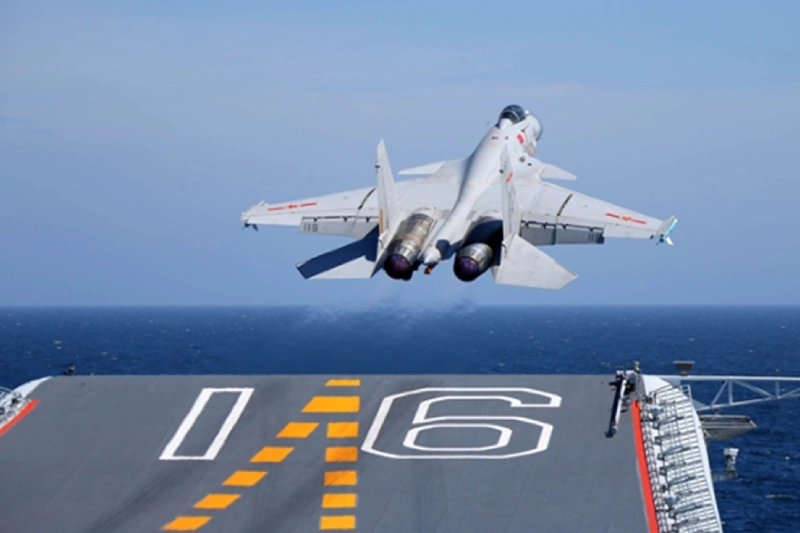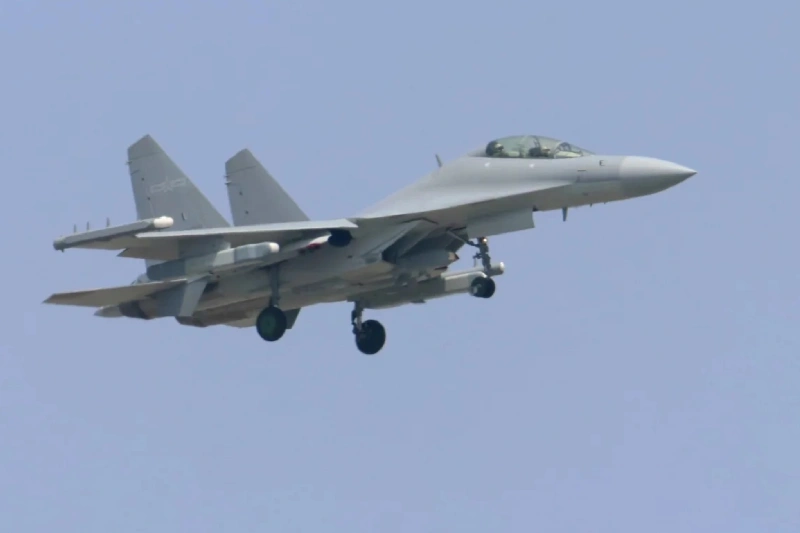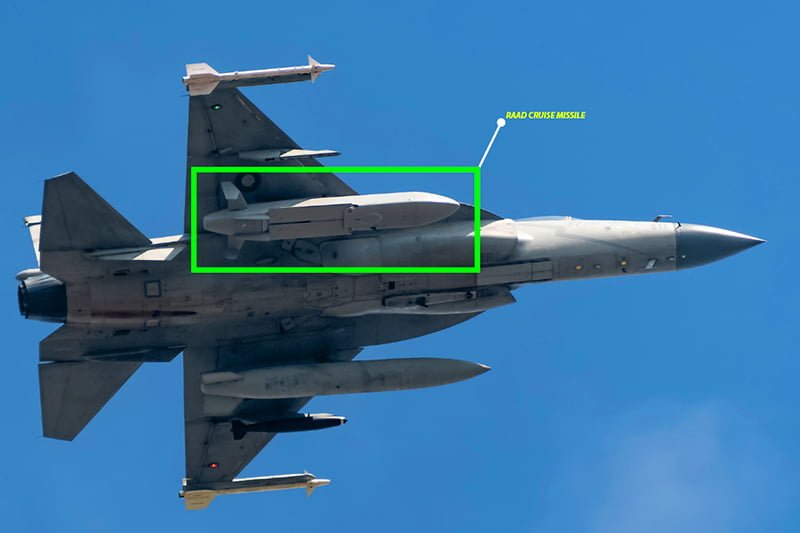Pakistan’s JF-17 Aircraft A New Chapter in Nuclear Deterrence
Recent developments in Pakistan’s military capabilities have caught the attention of defense analysts worldwide. A groundbreaking photograph from the 2023 Pakistan Day Parade rehearsals has revealed what appears to be a JF-17 Thunder fighter jet carrying a Ra’ad air-launched cruise missile (ALCM). This configuration, never before seen publicly, potentially marks a significant shift in Pakistan’s nuclear delivery capabilities and overall strategic posture.

The JF-17 Platform: A Game-Changer for Pakistan
The JF-17 Thunder, a result of joint production between Pakistan and China, has been a cornerstone of Pakistan’s air force modernization efforts. With over 130 operational aircraft and plans for further acquisitions, the JF-17 represents a cost-effective and technologically advanced solution for Pakistan’s defense needs. The recent announcement of the JF-17 PFX (Pakistan Fighter Experimental) project further underscores Pakistan’s commitment to maximizing the operational lifespan and capabilities of this platform.
The Ra’ad Missile: Pakistan’s Nuclear-Capable ALCM
The Ra’ad (Hatf-8) ALCM has been a key component of Pakistan’s nuclear arsenal since its first test in 2007. Developed in two variants, Ra’ad-I and Ra’ad-II, these missiles are believed to be dual-capable, meaning they can carry both conventional and nuclear warheads. The U.S. Air Force National Air and Space Intelligence Center (NASIC) confirmed this dual-capability in a 2017 report.
Also read this: JF-17 Block III Fighter Makes Debut at Dubai Airshow
Analyzing the Photographic Evidence
The image captured during the parade rehearsals shows what experts believe to be a Ra’ad-I missile mounted on a JF-17 Block II aircraft. Through careful analysis and comparison with previous parade displays, researchers have identified several key features:
- Missile Configuration: The photographed missile appears to have a ‘twin-tail’ configuration, consistent with earlier Ra’ad-I models.
- Dimensions: Using photogrammetry techniques, the missile’s length was estimated to be approximately 4.9 meters, matching known dimensions of the Ra’ad-I and Ra’ad-II.
- Distinguishing Features: The absence of the ‘x-shaped’ tail fin seen on newer Ra’ad-II models suggests this is likely a Ra’ad-I variant.
Strategic Implications
The integration of the Ra’ad ALCM onto the JF-17 platform could have far-reaching implications for Pakistan’s nuclear deterrence strategy:
- Modernization of Delivery Systems: This move potentially signals Pakistan’s intention to phase out its aging Mirage III and V aircraft, which have traditionally been associated with the nuclear strike role.
- Enhanced Flexibility: The JF-17’s superior range, avionics, and survivability compared to the Mirage fleet could provide Pakistan with more flexible nuclear delivery options.
- Cost-Effective Solution: Utilizing the domestically produced JF-17 for nuclear delivery roles aligns with Pakistan’s strategy of maintaining a credible deterrent while managing economic constraints.
Regional Context and Arms Race Dynamics
This development occurs against the backdrop of an ongoing nuclear arms competition in South Asia. Both India and Pakistan are pursuing advanced missile technologies, including multiple independently targetable re-entry vehicles (MIRVs). India’s development of short-range, lower-yield systems like the Prahaar ballistic missile further complicates the strategic landscape.
Operational flexibility
Pakistan’s development and introduction of the Ra’ad air-launched cruise missile (ALCM) for the JF-17 Thunder will provide more flexible options for the Pakistan Air Force in a war-like situation. Integrating the Ra’ad with the JF-17 will decrease the risk of nuclear war, as it will signal to the enemy that Pakistan has more options on the table.
Challenges and Transparency
The lack of official information from Pakistan regarding its nuclear program poses significant challenges for analysts and policymakers alike.
The potential integration of nuclear-capable Ra’ad missiles onto JF-17 fighters represents a significant evolution in South Asia’s strategic landscape. While enhancing Pakistan’s deterrence capabilities, it also raises important questions about regional stability, arms race dynamics, and the future of nuclear postures in the subcontinent.
Keep connected with us at Facebook, Twitter, YouTube, Instagram & TikTok for latest defense happening around the globe.
Discover more from International Defence Analysis
Subscribe to get the latest posts sent to your email.




